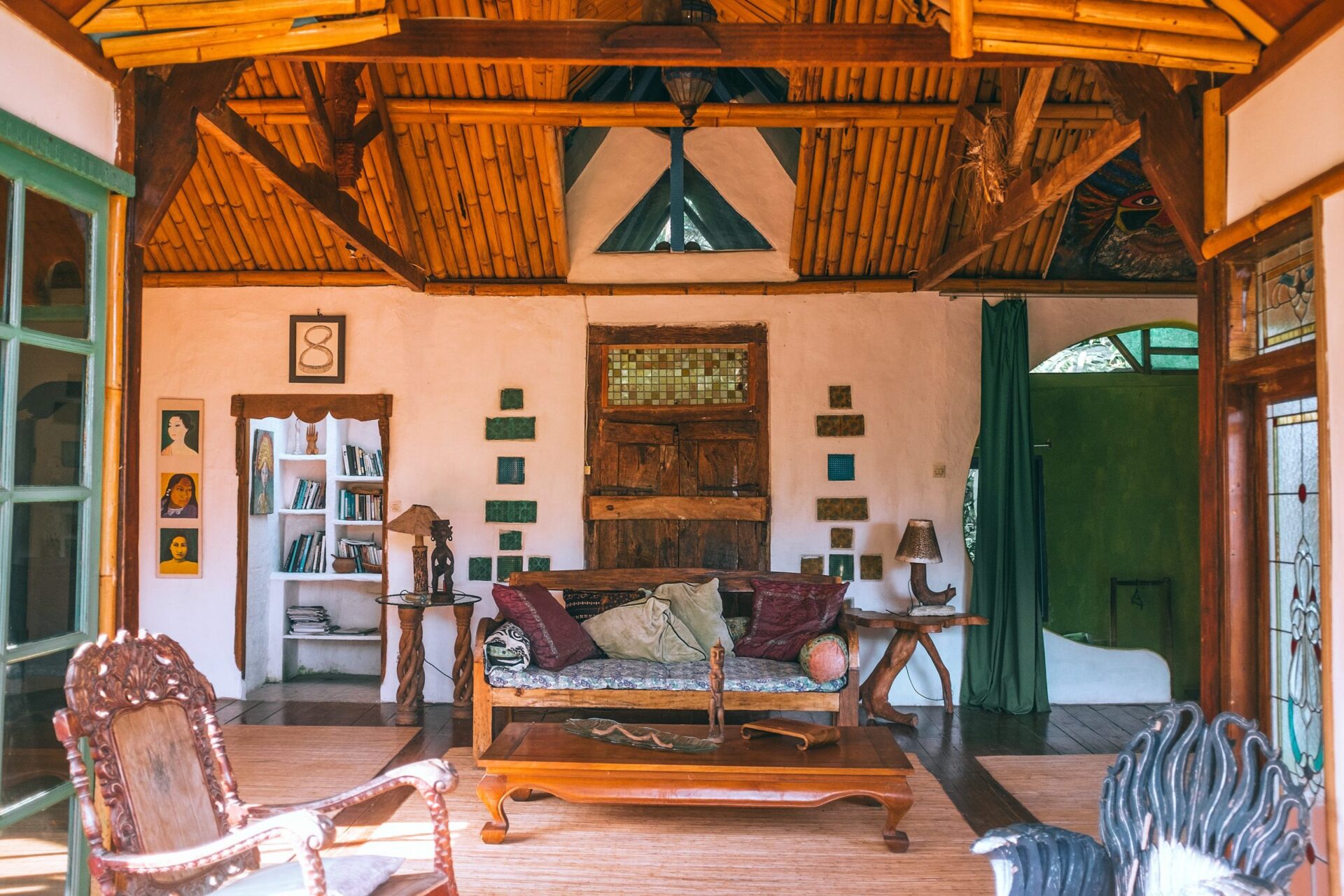The Rise of Bamboo in Modern Architecture
Bamboo, once prevalent in traditional architecture across various cultures, is experiencing a renaissance in modern architectural practices. This resurgence is driven by several factors that underscore its significance in contemporary construction:
- Environmental Concerns: Growing environmental consciousness and the need for sustainable materials have prompted a shift towards eco-friendly building practices.
- Renewability: Bamboo’s rapid growth rate and ability to regenerate quickly make it an appealing choice, reducing dependence on slower-growing traditional wood.
- Structural Integrity: Advancements in engineering have highlighted bamboo’s strength-to-weight ratio, proving its suitability for structural components in buildings.
- Flexible Applications: Architects are exploring innovative ways to use bamboo, from structural elements to decorative features and cladding.
- Cultural Heritage: Bamboo’s historical significance in various cultures adds a cultural and traditional aesthetic value to modern designs.
- Natural Aesthetics: Its natural beauty, visible grain patterns, and warm hues contribute to its appeal in contemporary architecture.

Innovative Uses of Bamboo in Architecture
In modern architecture, bamboo is being creatively utilized in innovative ways, expanding its applications beyond traditional uses. Here are some innovative uses of bamboo in contemporary architecture:
- Support Systems: Bamboo’s high tensile strength allows it to be used as columns, beams, and trusses, providing structural support in buildings.
- Bamboo Reinforcement: Bamboo reinforcement in concrete offers a sustainable alternative to steel reinforcement, reducing the carbon footprint of construction.
- Modular Construction: Prefabricated bamboo modules allow for quick assembly, enabling efficient and sustainable construction methods.
- Emergency Shelters: Bamboo’s flexibility and quick growth make it suitable for temporary shelters in disaster-prone areas.
- Bamboo Flooring: Durable bamboo flooring options provide a sustainable alternative to traditional wood flooring.
- Bamboo Ceilings and Interiors: Bamboo panels on ceilings or as interior finishes create a warm, natural ambiance.
Design Trends and Emerging Practices
Design trends and emerging practices in bamboo architecture signify a transformative shift towards sustainable, versatile, and aesthetically pleasing construction.
- Modern Vernacular Architecture: Architects fuse traditional building methods with modern design concepts, integrating bamboo in contemporary structures.
- Innovative Techniques: Experimentation with traditional bamboo weaving, bending, and lamination techniques to create innovative architectural forms.
- Carbon-Neutral Construction: Architects strive for zero-carbon or low-carbon structures, leveraging bamboo’s sustainability and carbon-sequestering properties.
- Passive Design Strategies: Incorporating passive cooling, natural lighting, and ventilation using bamboo elements to reduce energy consumption.
- Bamboo Engineering: Advancements in bamboo engineering and composite materials to enhance structural integrity and durability.
- Digital Design Tools: Use of digital tools for precision in designing complex bamboo structures and systems.

Future Prospects and Conclusion
- Technological Advancements: Anticipate further innovation in bamboo processing, engineering, and composite materials, enhancing its structural capabilities and versatility.
- Urban Development: Increased integration of bamboo in urban landscapes, offering sustainable solutions for housing, infrastructure, and green spaces.
- Global Adoption: Greater adoption of bamboo in regions beyond its traditional use, driven by its sustainable attributes and the pursuit of eco-friendly construction.
- Research and Development: Ongoing research and development to explore advanced applications, such as bamboo-based materials for aerospace or automotive industries.
- Environmental Impact: Bamboo’s role as a sustainable, renewable, and low-impact material will continue to shape eco-conscious architectural practices.
- Cultural Preservation: Its integration into contemporary designs fosters the preservation of traditional craftsmanship and cultural heritage.
- Design Innovation: Architects, engineers, and designers will explore new frontiers, pushing boundaries, and finding novel applications for bamboo in construction.
- Community Development: Engagement with local communities for sustainable bamboo cultivation and construction will foster economic growth and social development.








